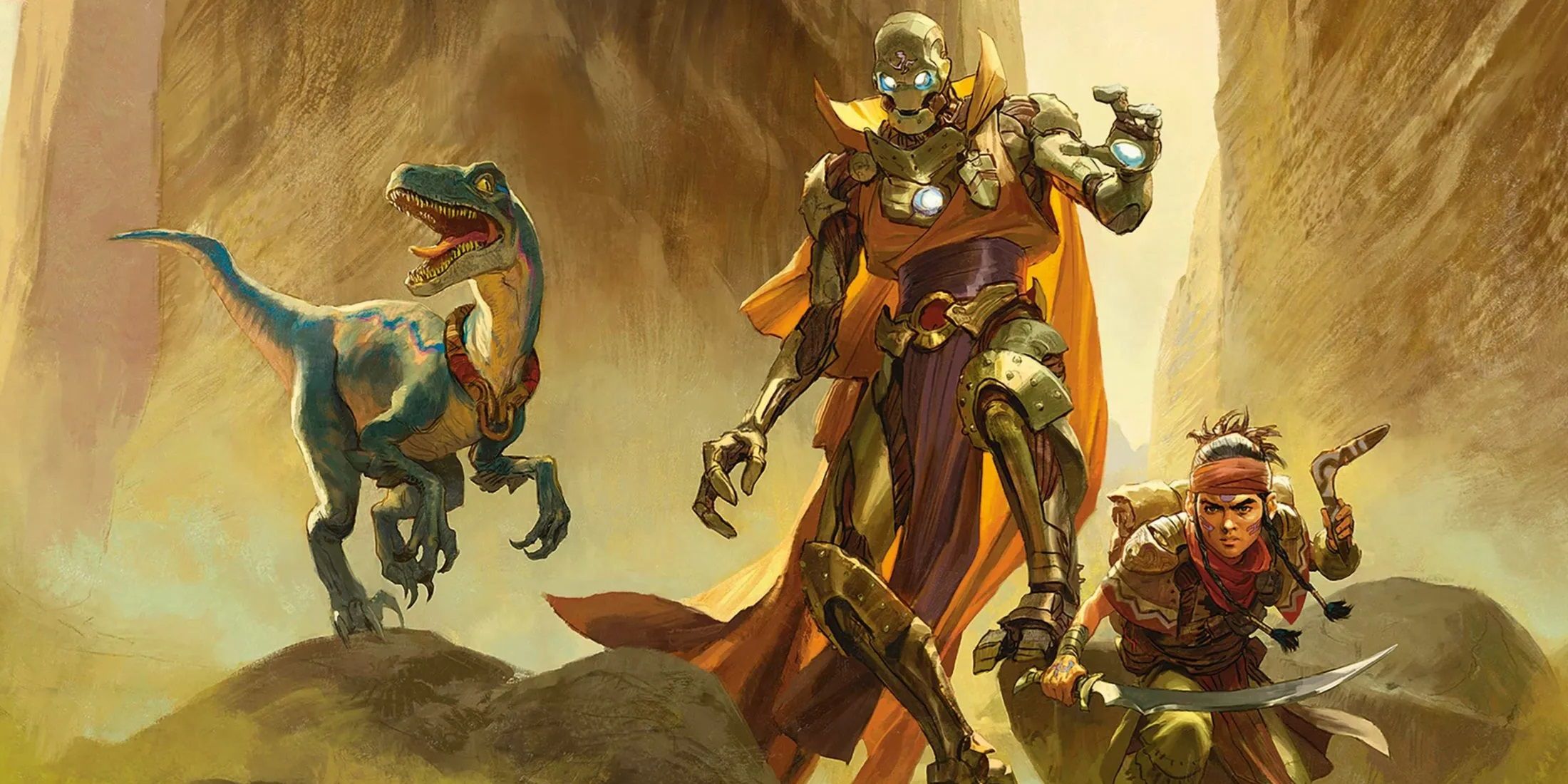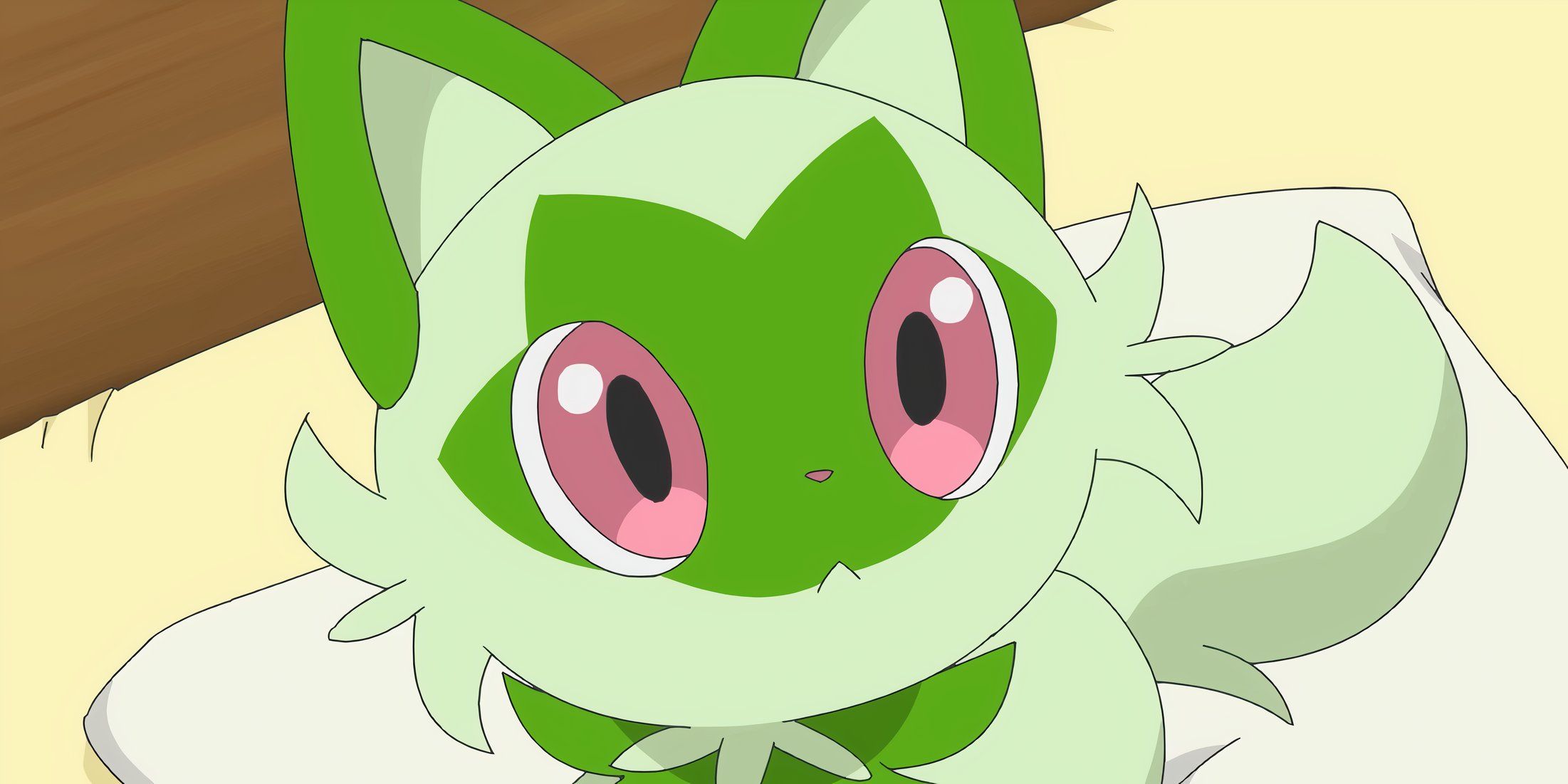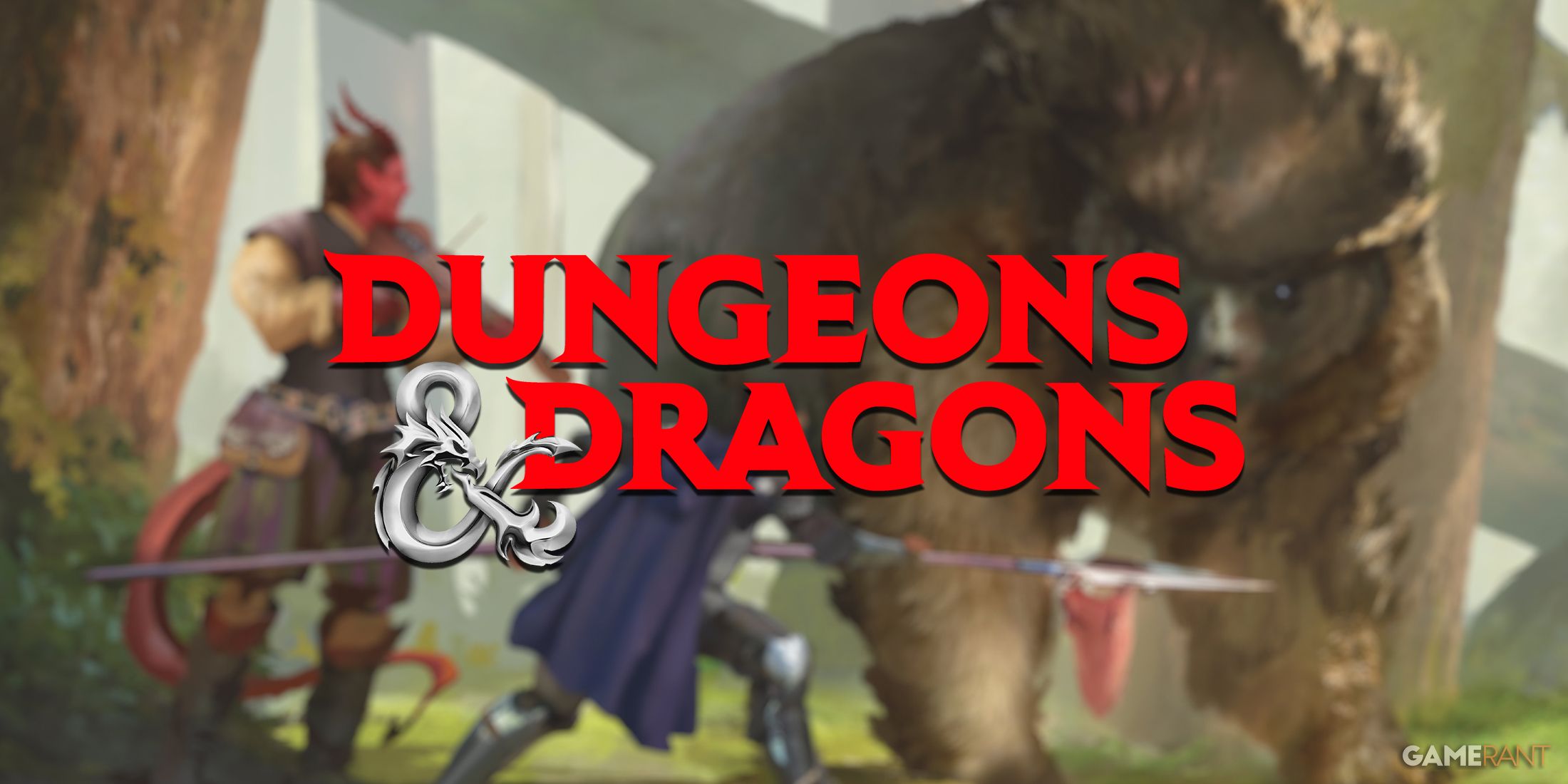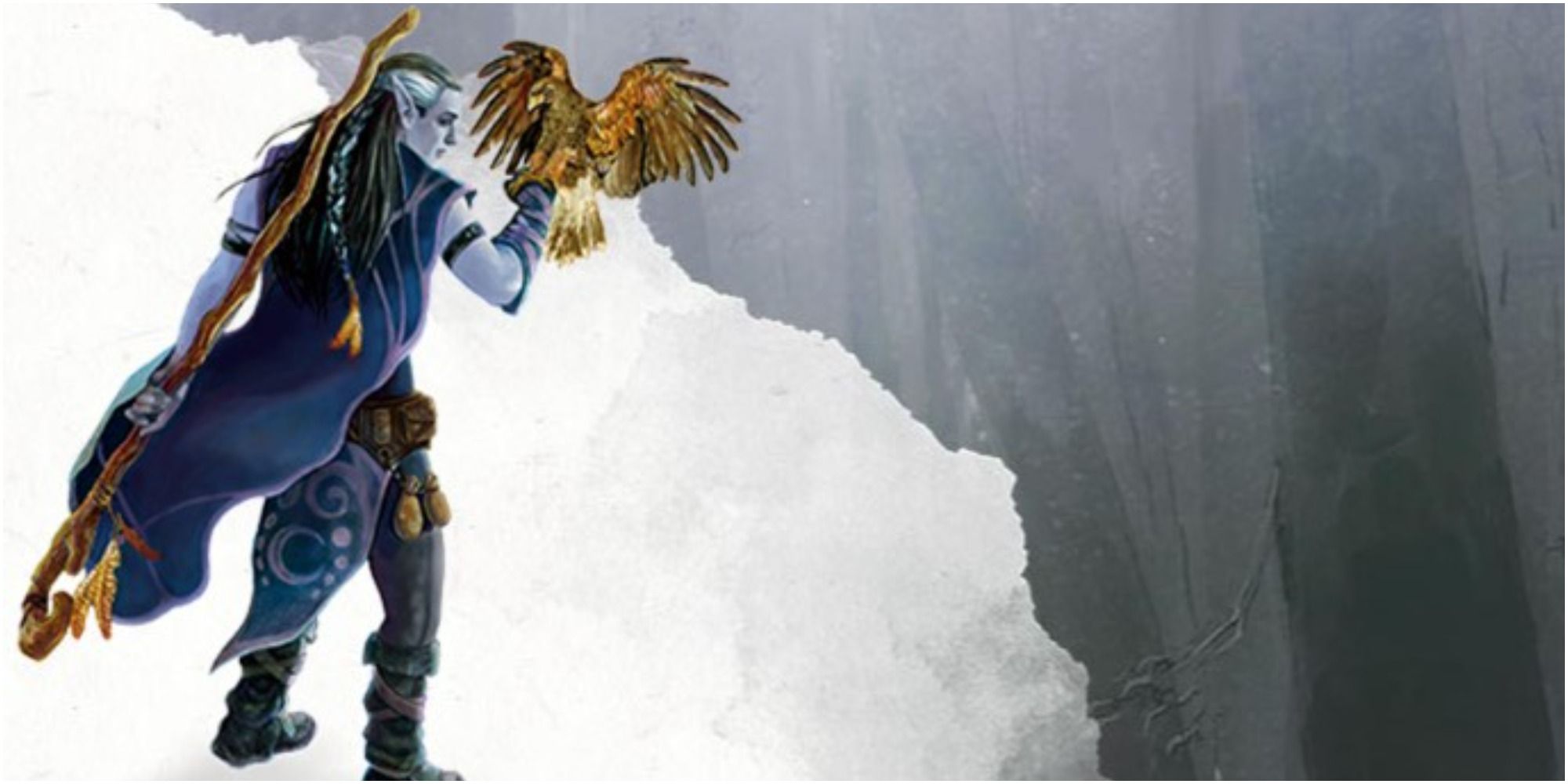Highlights
- Druids gain the Wild Shape ability at level 2, allowing them to transform into various animals for combat and utility purposes.
- Wild Shape limitations include not being able to cast spells while transformed and getting knocked down if the beast form's HP is exceeded.
- The versatility of Wild Shape makes it a valuable ability, but it requires careful stat tracking and planning for the best form in each encounter.
Each class in Dungeons and Dragons has a signature ability that determines their play style. Those who want to deal big damage from the shadows may consider the Rogue, with its deadly sneak attacks. The Barbarian can get bonus damage and advantages on strength checks when in their Rage state, which is perfect for players who just want to press forward and fight. People who pick the Druid may choose this class for its iconic skill: Wild Shape, which is one of the most versatile abilities in Dungeons and Dragons.
The Druid is all about tapping the power of nature to cast spells and even turn into different animals to defend against foes. This class has been in the standard roster since the first edition of Advanced Dungeons and Dragons, which was released in 1977, and it has evolved significantly throughout the decades. It went from having access to only one animal shape and very limited armor and weapon choices to being able to copy multiple beast forms and access a wide range of simple weapons and light armor.
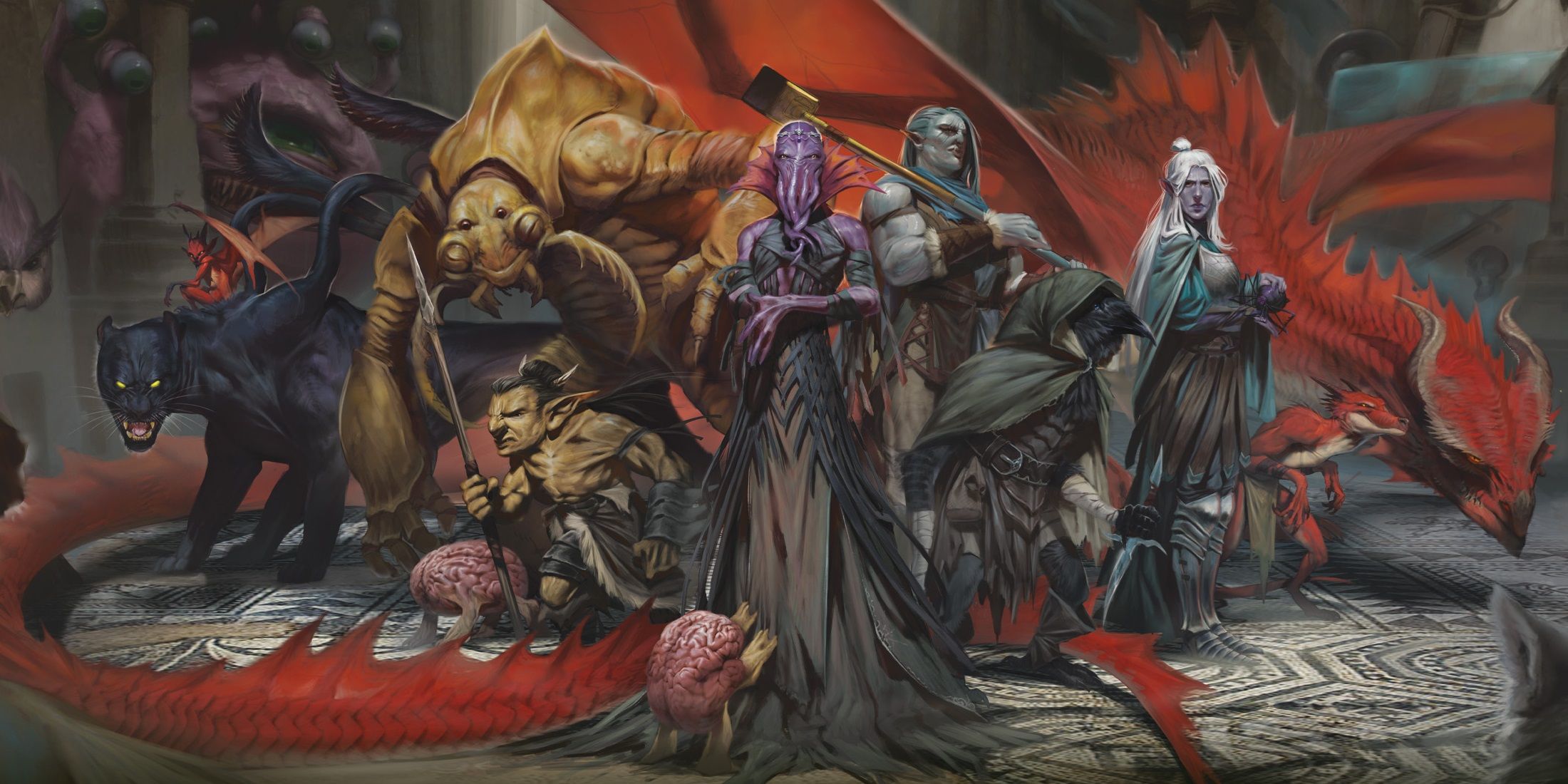
The Pros and Cons of Dungeons and Dragons 2024 Using Nostalgic Characters
Dungeons and Dragons' 2024 handbooks all have some iconic characters on their covers, a trend that may have some unforeseen downsides.
How the Druid’s Wild Shape Works in Dungeons and Dragons
Druids gain access to their signature skill, Wild Shape at level 2, which lets players turn into the shape of an animal that they’ve encountered before. Wild Shape starts with flying speed, swimming speed, and max challenge rating (CR) limitations, but the player can turn into more creatures as they level up.
- Level 2: The Druid can turn into a beast with a challenge rating of ¼ and lower and no flying and swimming speed. Examples include wolves, frogs, and owls.
- Level 4: The player can turn into an animal with no flying speed and a CR of ½ and lower. These include black bears, apes, and crocodiles.
- Level 8: The Druid can turn into any beast with a challenge rating of 1 and lower. CR 1 creatures include dire wolves and lions.
Each creature comes with a challenge rating, which determines how dangerous it is. The higher the number, the more prepared and leveled up a party has to be to defeat the monster. The strongest boss monsters in Dungeons and Dragons often have double-digit CRs.
The Pros and Cons of Using Wild Shape
Stat Changes and New Abilities
The player copies most of the ability scores in DnD of the beast they turn into. Meanwhile, the Charisma, Intelligence, and Wisdom stats from their original form are retained. They also keep their skill and saving throw proficiencies and even gain bonuses from the creatures they turn into. The player can also utilize the beast’s different abilities. These stat changes make Wild Shape excellent for combat, as the player can turn into a tanky Dire Wolf or a crowd-control beast by shifting into a web-slinging Giant Spider. It also has great utility outside of battles, as the Druid can turn into small animals for stealth or accessing tight spaces.
Spell and Ability Limitations
Druids can’t cast any spells while in their beast form. Thankfully, the effects of a spell that the player cast beforehand won’t be affected. Druids in Dungeons and Dragons can use traits from their class or race in beast form, as long as the creature also has it. However, beasts don’t share many features with their humanoid counterparts. The player should ask the DM if they can use Darkvision for animals that can usually see well in the night, like wolves or cats.
Getting Knocked Down in Beast Form
When the player receives a blow that deals more than their beast form’s hit points, they turn back to normal. The damage they take carries over, but as long as they don’t reach 0 HP in their usual form, they won’t get knocked down.
Wild Shape is one of the most versatile abilities in the game, as it can be used for combat or utility. However, it requires a lot of stat tracking on the player’s part. Budding Druids should plan their forms out to ensure they can turn into the best Wild Shape for every encounter.
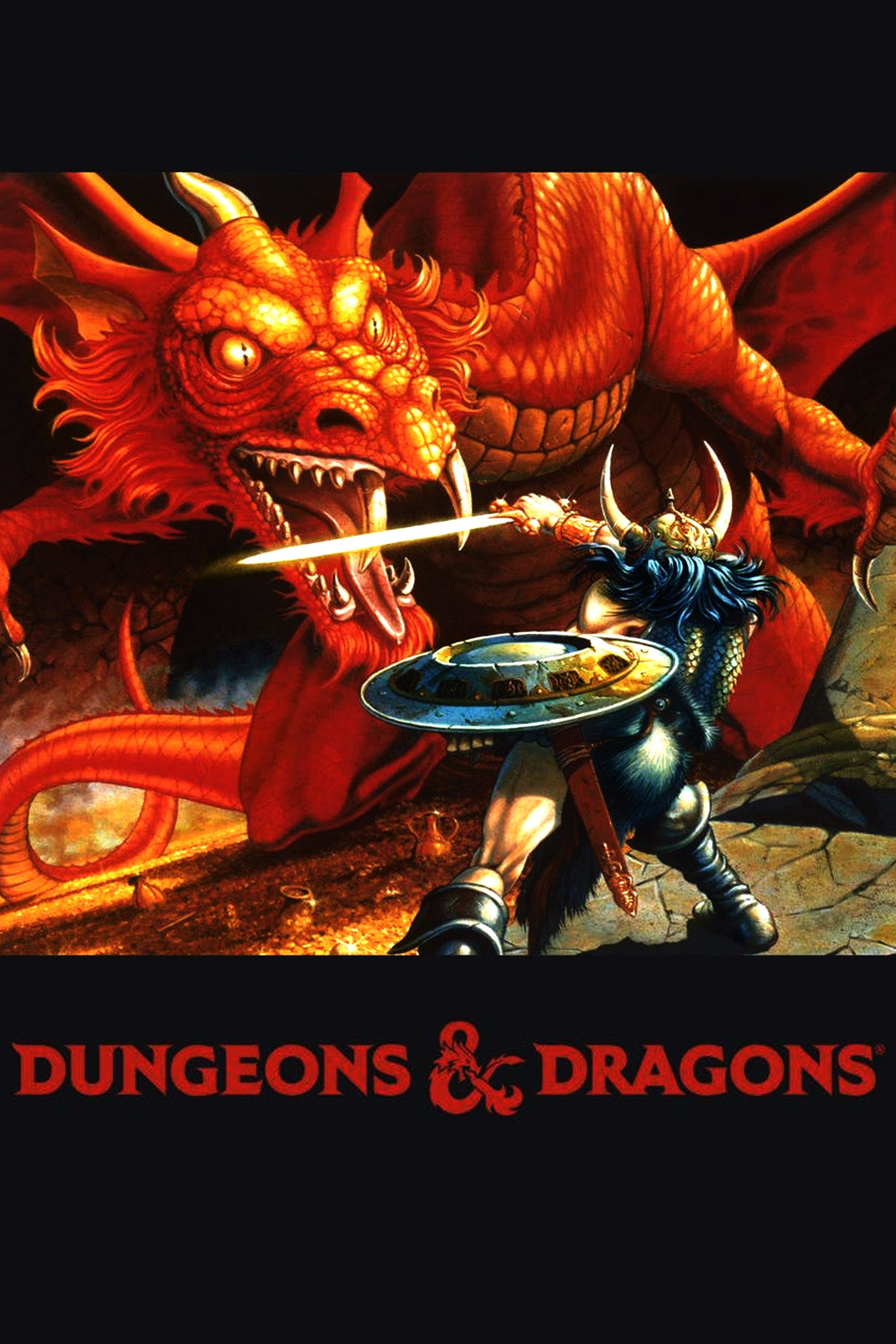
Dungeons and Dragons
Created by Gary Gygax, Dungeons & Dragons is a tabletop game in which players craft their own worlds and band together to take on adventures through mysterious realms outlined in companion materials. One of the best role-playing games ever made, it has been adapted into a variety of video games and other media.
- Franchise
- Dungeons & Dragons
- Original Release Date
- 1974-00-00
- Publisher
- Wizards of the Coast
- Designer
- E. Gary Gygax , Dave Arneson

